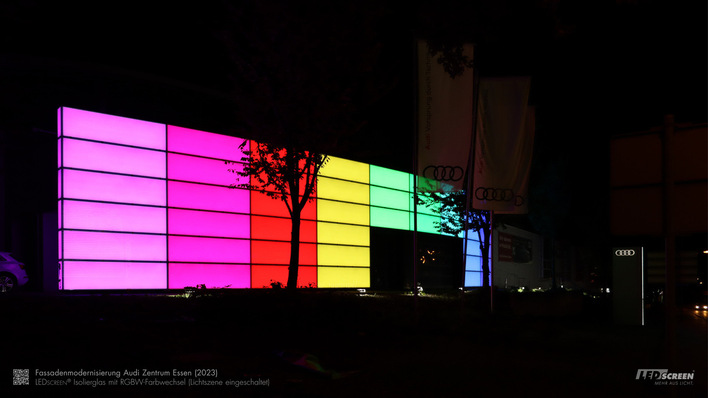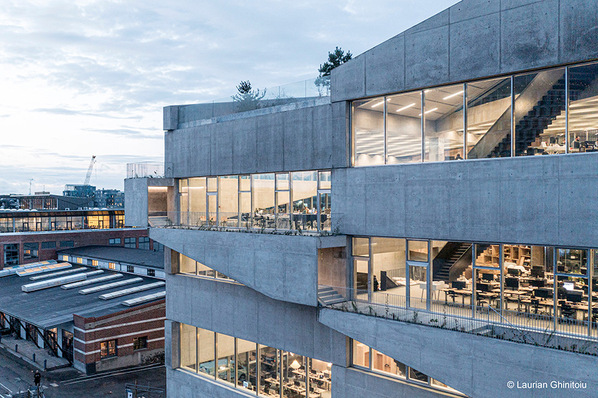The "Humboldt Project" was recently completed in the US city of Denver. The residential complex has large window areas. Not least because of the differences in altitude during transport from the production site in Poland to the US city that is famously a mile high, Swisspacer Air, which creates pressure-relieved IG units, was installed in the triple insulating glass units. The three buildings of the "Humboldt Project" were planned by the architectural firm Studio Limited (Denver) and fit harmoniously into the existing buildings. The two-storey buildings are characterised by a clear, purist design, a high proportion of transparent surfaces, which allows a high level of daylight to enter, and openness in the room design.
In their search for an optimal solution for the 48 windows and sliding doors, some of which are large, the architects relied on the expertise of Vonderhaus. As one of the leading suppliers of high-performance window systems in North America, the company combines decades of experience with know-how in high-quality craftsmanship and the latest technologies.
Insulating glass from Polish IGU supplier Vitroterm
In order to meet the high design and energy efficiency requirements of the "Humboldt Project", the experts from Vonderhaus used triple insulating glass with warm edge spacers from Swisspacer - produced in Europe by the Polish insulating glass manufacturer Vitroterm - for the window construction.

Swisspacer
Matthew VonderHaar, Managing Director at Vonderhaus, explains: "For new buildings in Denver, the IECC 2018 applicable there requires a maximum U value of 1.70 W/(m²K) for windows. With the chosen glazing and thermal break in the edge seal, we were able to easily meet the requirements and achieve a U value of 0.9 W/(m²K)."
Long transport and 1,400 metres of height difference
A particular challenge of the project was also the long transport route with enormous differences in altitude of almost 1400m between the Polish production site and the installation site in Denver. Matthew VonderHaar: "For projects higher than 1000 m, we only use the Swisspacer Air. This reduces the risk of breakage that can occur due to the pressure difference. Moreover, we can be quite relaxed if the transport route has to be changed spontaneously."
See also: Far views with a high level of comfort in South Tyrol
The Swisspacer Air is a metal sleeve with an integrated special membrane and is integrated directly into the spacer. This causes a permanent, slow pressure equalisation between the environment and the space between the panes. In this way, safe transport was possible even under the extreme conditions from Poland to the USA. In this specific case, the insulating glass units were transported over several thousand kilometres and with many temperature and altitude differences by cargo ship, train and truck.

Larger space between panes brings better sound insulation
Matthew VonderHaar: "Due to our positive experience, we now use Swisspacer Air for all projects that are built at altitudes above 1000 metres. In contrast to conventional height measurement systems, the component reacts to every load that can occur during unplanned route deviations. It constantly adapts to the air pressure in the environment and constantly regulates the pressure in the space between the panes. In our view, this makes it clearly superior to the capillary systems used so far."
Also interesting: Study sheds light on role of spacers on thermal comfort
Last but not least, by using the Swisspacer Air, the space between the panes can be enlarged, which improves sound insulation.
Manual installation in the finished IG units
The Swisspacer Air was installed in the edge seal of the finished insulating glass units in the Vitroterm factory in Poland. After drilling, the component was screwed into the warm edge spacer (Swisspacer Ultimate). For insulating glass delivered to the USA and Canada, Vitroterm and Vonderhaar use this solution as standard - thus ensuring greater transport safety and minimising the risk of breakage due to climatic loads.













